Blog
-
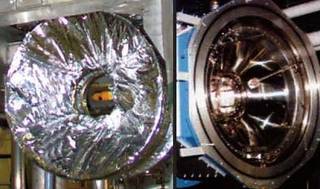
Stainless steel-How Nonmagnetic are 304 and 316 Stainless Steels?
Both 316 and 304 stainless steels are austenitic; when they cool, the iron remains in the form of austenite (gamma iron), a phase of iron which is nonmagnetic. The different phases of solid iron correspond to different crystal structures. In other alloys of steel, this high-temperature phase of iron transforms to a magnetic phase when the metal cools. The presence of nickel in the stainless steel alloys stabilizes austenite against this phase transition as the alloy cools to room temperature. As a result, a relative permeability of K ∼ 1.002 to 1.005 are typically reported for 304 and 316 stainless steels in their annealed state. This corresponds to a somewhat larger magnetic susceptibility than we might expect for other nonmagnetic materials, but is still well below what might be considered magnetic.Read more -
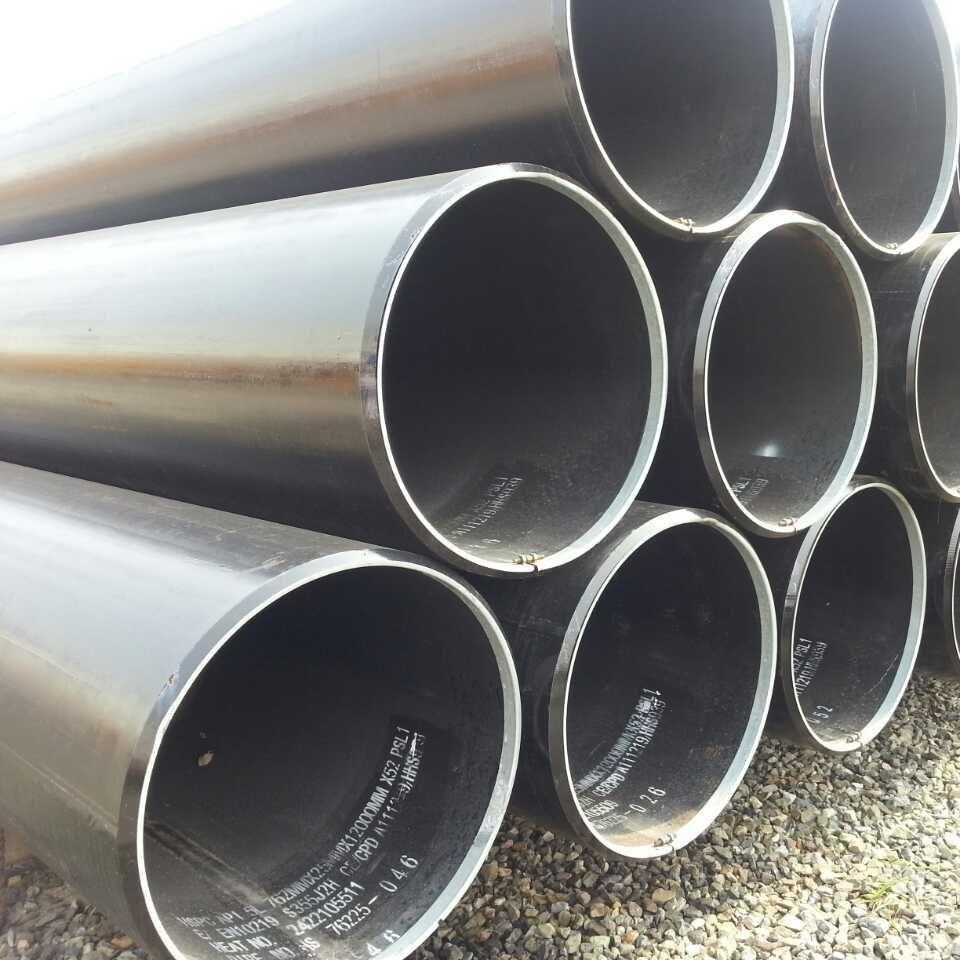
SAW vs ERW and EFW Welded Steel Pipe-What Are the Applications of Stainless Steel?
Stainless steel is a widely employed choice in kitchen equipment of all kinds. It’s a durable and long-lasting material that can withstand heavy and constant use in the kitchen. It is resistant to corrosion, which is important in a food environment where there is constant exposure to water and other liquids. This results in no taint of food. It is a hygienic material that is easy to clean and maintain and withstands the most aggressive cleaning. It does not absorb food odors or flavors and is resistant to stains.Read more -
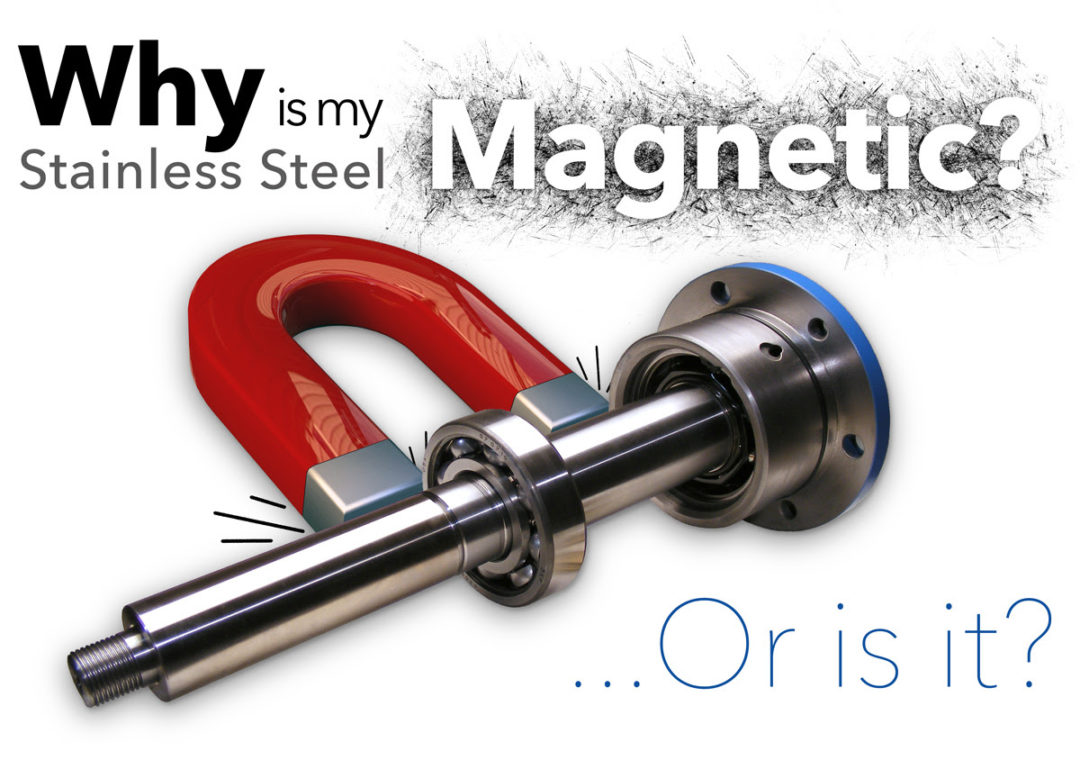
Stainless steel-ARE ALL TYPES OF STAINLESS STEEL ARE MAGNETIC?
The unique crystal structure of martensitic steels can be ferromagnetic when iron is present. Since stainless steel is a type of steel, there is an abundant amount of iron in its make-up.Making the majority of martensitic stainless steel magnetic.Read more -

Stainless Steel: Definition, Composition, Types, Grades, Properties, and Applications
Stainless steel is the general name for a family of steels that are corrosion-resistant and contain a minimum of 10.5% chromium. The effect of this minimum level creates a chromium oxide layer on the surface, which is a self-healing oxygen barrier that stops further oxidation. Below 10.5% chromium, the oxide film is of insufficient durability to be self-healing.Read more -
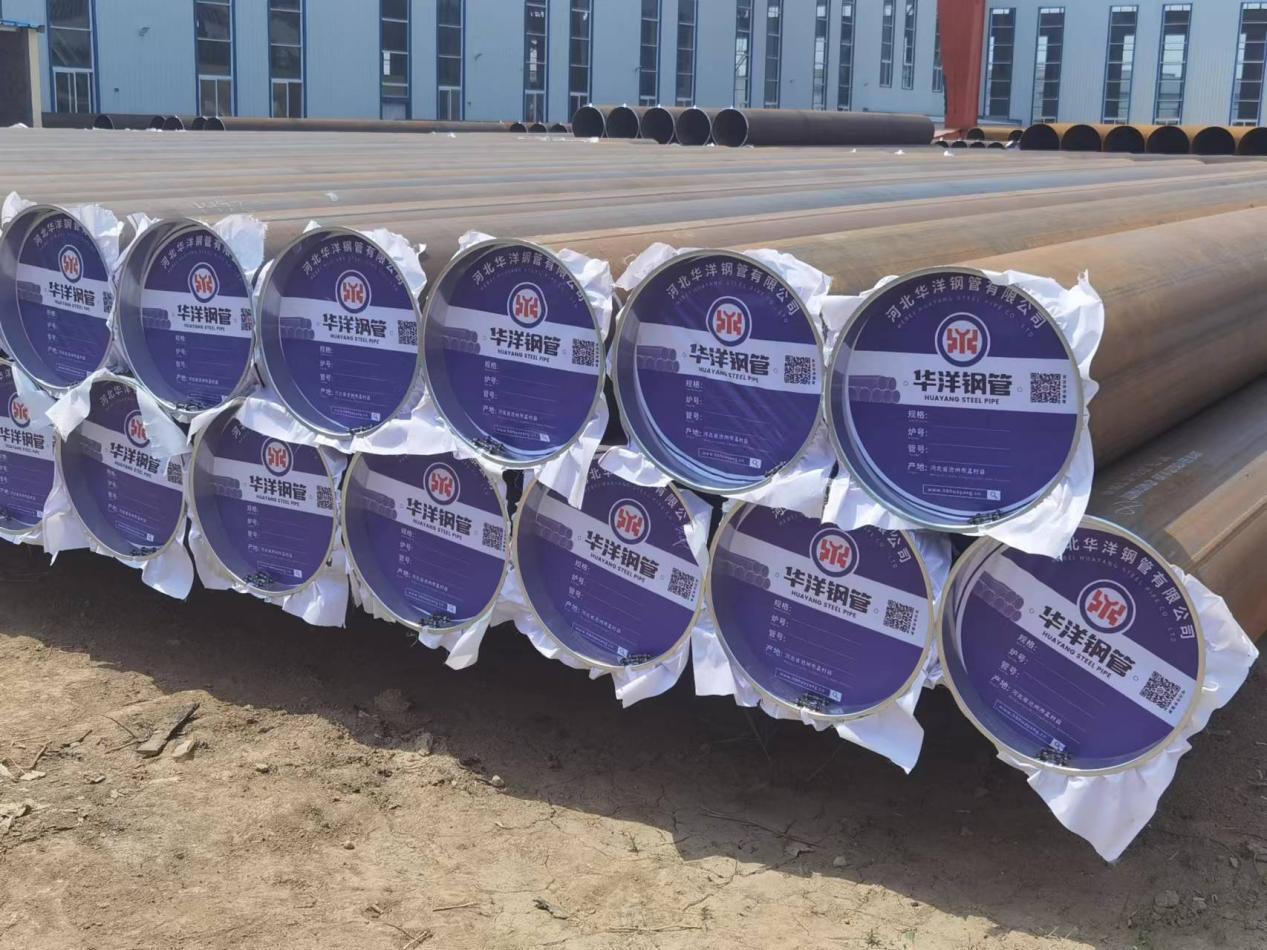
Stainless steel-Why is my stainless steel magnetic?
In the case of plain/standard 316-SS, it is usually because the piece has been cold worked and will pick up some magnetic properties. Note if you were to compare the 316-SS to a 400 series stainless you would see an increase in magnitude of the magnetic attraction. It will not attract other ferritic metals, only the magnet, as a result the material itself is not necessarily magnetic, it is ferrous. The magnetic response has no effect on any other property. Austenitic 300 series steels like cold drawn 304 (and to a lesser degree 316) are slightly attracted to a magnet, but this has no effect on its corrosion resistance.Read more -

Step-by-step Stainless Steel Manufacturing Process
The modern stainless steel manufacturing processes reduce production costs while ensuring high-quality material. In this guide, you are going to learn how to make stainless steel. From choosing the right raw material, heating, melting, removing impurities, and forming to various finishing operations – you will learn everything about stainless steel production.Read more -
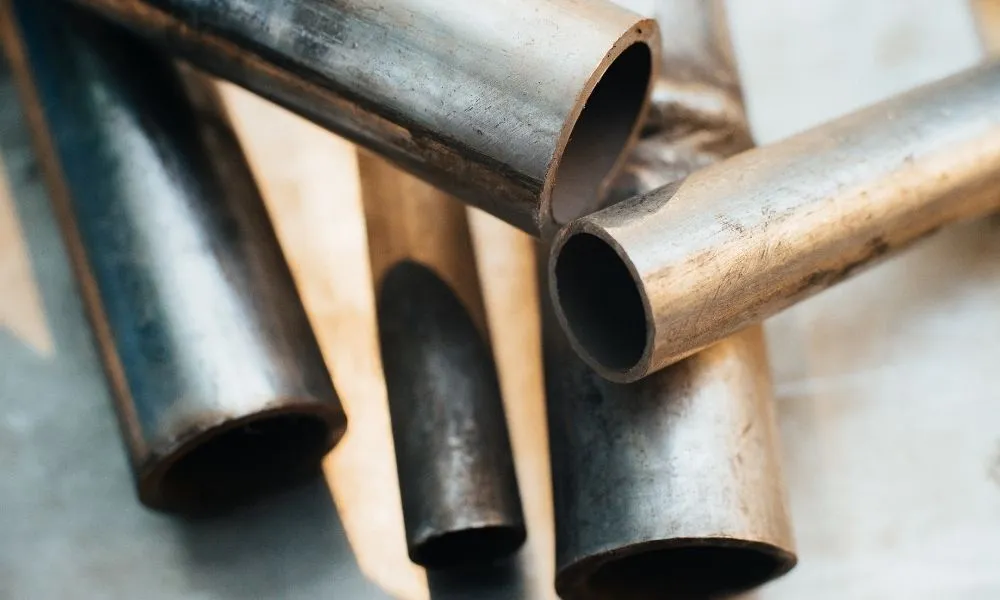
stainless steel How To Prevent Stainless Steel From Rusting
Many manufacturers enjoy stainless steel for more than its durability; the materials are flexible and don’t rust. However, there are times when there’s a defect that goes unnoticed. Here’s how to prevent stainless steel from rusting.Read more -
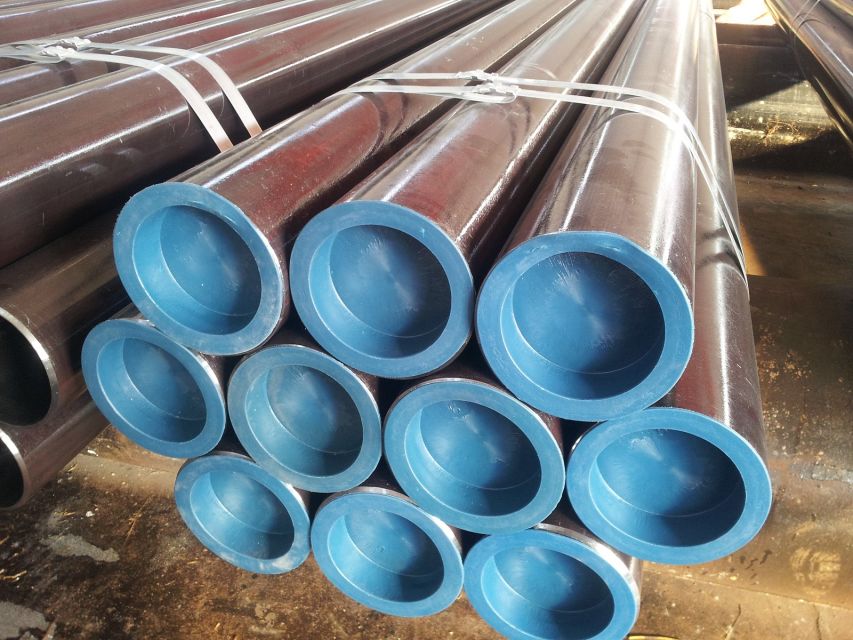
Stainless steel-Materials and Magnetic Properties
Electric fields generated across the opposing deflection plates of the electron gun system optics exert a force on the negative charges in the electron beam, causing an acceleration perpendicular to their original path, with the electron deflecting away from the negatively charged plate. The magnitude of this acceleration depends on 1) the strength of the electric field (the voltage across the plates, separation distance of the plates), 2) the mass and velocity of the particle, 3) plate geometry, and 4) the dielectric of the material present between the plates (in this case, vacuum).By manipulating the electric field across the deflection plates, the trajectory of the electronbeam can be altered to direct it at specific targets or to raster it in various pre-determined patterns.Read more -
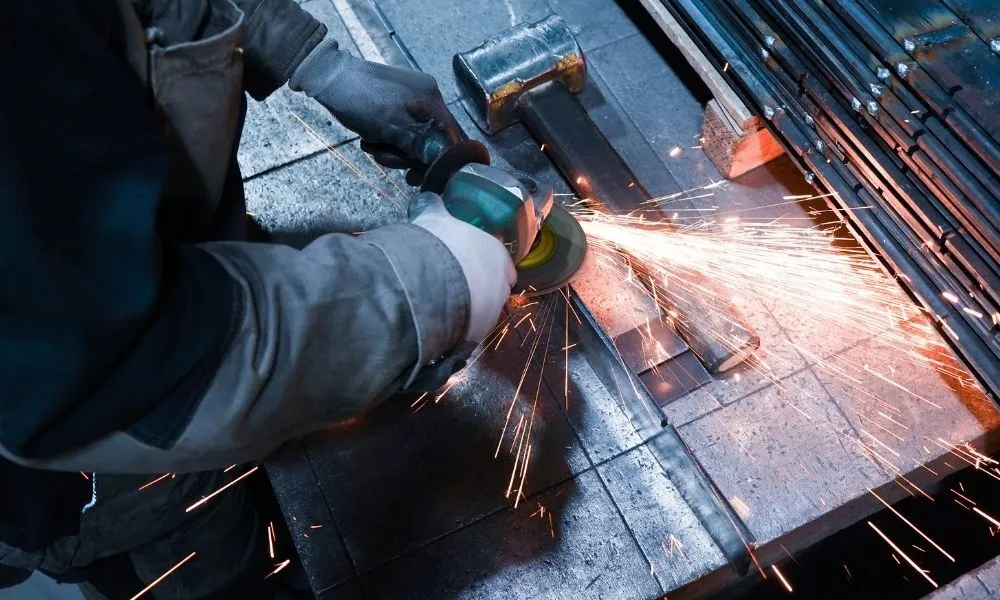
Carbon Steel Pipe-The Manufacturing Process of Stainless Steel Products
Stainless steel is one of the finest raw materials to use. It’s durable and able to flex into any shape or form you can imagine. Additionally, stainless steel is corrosion-resistant, which means the material won’t have rust buildup. If you’re as fascinated by stainless-steel creations as the next person, find out about the manufacturing process of stainless-steel products.Read more